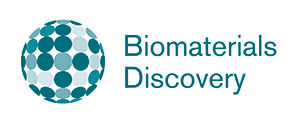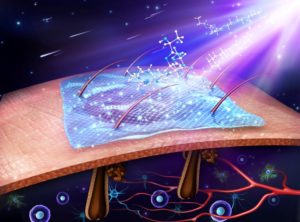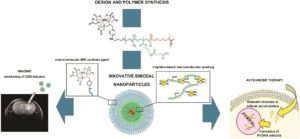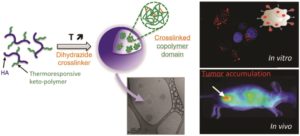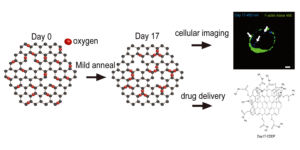 The Biomaterials Science Lectureship is an annual award that honours an early-career researcher for their significant contribution to the biomaterials field. The recipient is selected by the Biomaterials Science Editorial Board from a list of candidates nominated by the community.
The Biomaterials Science Lectureship is an annual award that honours an early-career researcher for their significant contribution to the biomaterials field. The recipient is selected by the Biomaterials Science Editorial Board from a list of candidates nominated by the community.
This year we are delighted to award the Lectureship to Professor Zhen Gu (University of North Carolina at Chapel Hill and North Carolina State University). He will present the Biomaterials Science lecture and receive his award at the European Society for Biomaterials Annual Meeting in Maastricht in September 2018.
Prof. Zhen Gu received his B.S. degree in Chemistry and M.S. degree in Polymer Chemistry and Physics from Nanjing University. In 2010, he obtained Ph.D. at the University of California, Los Angeles, under the guidance of Prof. Yi Tang in the Department of Chemical and Biomolecular Engineering. He was a Postdoctoral Associate working with Profs. Robert Langer and Daniel Anderson at MIT and Harvard Medical School during 2010 to 2012.
Prof. Zhen Gu is the recipient of the Young Investigator Award of the Controlled Release Society (CRS, 2017), Sloan Research Fellowship (2016), Pathway Award of the American Diabetes Association (ADA, 2015) and Young Innovator Award in Cellular and Molecular Engineering of the Biomedical Engineering Society (BMES, 2015). MIT Technology Review listed him in 2015 as one of the global top innovators under the age of 35 (TR35).
His group studies controlled drug delivery, bio-inspired materials and nanobiotechnology, especially for cancer and diabetes treatment.
To learn more about Zhen’s research, have a look at his recent publications in Biomaterials Science and our sister journals:
Engineering DNA scaffolds for delivery of anticancer therapeutics
Wujin Sun and Zhen Gu
Biomater. Sci., 2015,3, 1018-1024, Minireview
Advances in liquid metals for biomedical applications
Junjie Yan, Yue Lu, Guojun Chen, Min Yang and Zhen Gu
Chem. Soc. Rev., 2018,47, 2518-2533, Tutorial Review
Investigation and intervention of autophagy to guide cancer treatment with nanogels
Xudong Zhang, Xin Liang, Jianjun Gu, Danfeng Chang,b Jinxie Zhang, Zhaowei Chen, Yanqi Ye, Chao Wang, Wei Tao, Xiaowei Zeng, Gan Liu, Yongjun Zhang, Lin Mei and Zhen Gu
Nanoscale, 2017,9, 150-163, Paper
Internalized compartments encapsulated nanogels for targeted drug delivery
Jicheng Yu, Yuqi Zhang, Wujin Sun, Chao Wang, Davis Ranson, Yanqi Ye, Yuyan Weng and Zhen Gu
Nanoscale, 2016,8, 9178-9184, Paper
Self-folded redox/acid dual-responsive nanocarriers for anticancer drug delivery
Yue Lu, Ran Mo, Wanyi Tai, Wujin Sun, Dennis B. Pacardo, Chenggen Qian, Qundong Shen, Frances S. Ligler and Zhen Gu
Chem. Commun., 2014,50, 15105-15108, Communication
Please join us in congratulating Zhen on his award!
Comments Off on 2018 Biomaterials Science Lectureship











